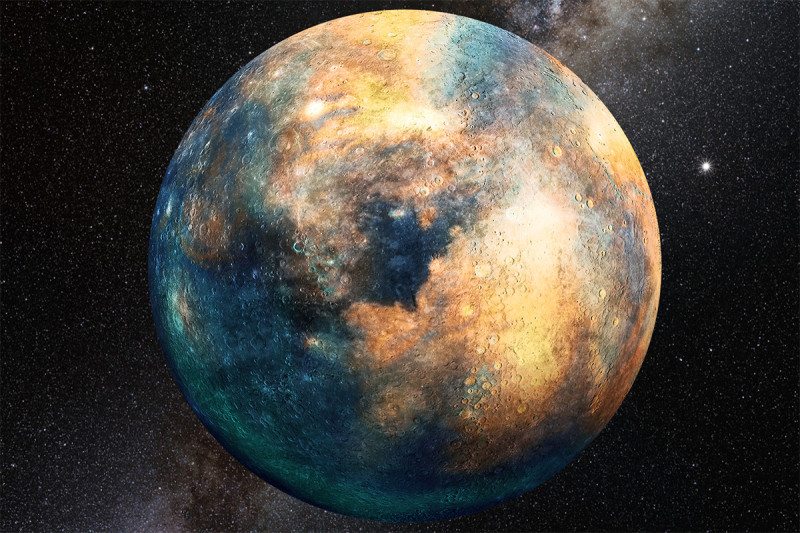For better or for worse, Pluto has been downgraded from a full-sized planet to a dwarf planet and there is no going back. But that hasn’t stopped astronomers from searching for a ‘true’ Planet Nine in our solar system, which they might have found and at the same, maybe have found a Planet Ten too.
Since the scientific redefinition of a planet and dwarf planet that got Pluto kicked out of the planetary lineup, astronomers have discovered a number of other dwarf planets at the outer edges of the solar system. The latest possible dwarf planet, named UZ224 and still awaiting official classification, is nearly 8.5 billion miles (13.7 billion km) from the Sun and takes 1,100 Earth years to fully orbit it. It joins a handful of other dwarf planets in the Kuiper Belt just beyond Neptune.
What is important about the dwarf planets and other objects in the Kuiper Belt (KBO) is that it is their unusual orbit paths that are giving scientist indications of the existence of Planet Nine. In 2016, researchers from the California Institute of Technology asserted that not only did Planet Nine exist but that its mass is about 10 times that of Earth’s mass. Further, it’s orbit is so wide outside of the typical circumference of the solar system that it takes 20,000 Earth years to fully orbit the Sun.
According to Mike Brown, the astronomer behind the research, as more KBOs orbit a similar plane, the more evidence mounts to verify the existence of Planet Nine. He tweeted: “Hey Planet Nine fans, a new eccentric KBO was discovered. And it is exactly where Planet Nine says it should be.” He added that it “takes the probability of this being a statistical fluke down to ~.001% or so.”
Additionally, in a recent study, Renu Malhotra and KathrynVolk of the University of Arizona have made additional observations of Kuiper Belt objects and believe their orbits indicate not just a ninth planet but also a tenth planet.
Although KBOs are far enough away that the gravity of the larger planets in the solar system does not strongly influence their orbits, they do have typical patterns that can be predicted based on the known observable objects nearby. When their orbits deviate from the predicted orbit, it can be presumed that another object we’ve yet to see is exerting influence. Lately, some KBOs have been exhibiting orbits 50 AU where from where astronomers think they should be and that bringing up the possibility of a tenth planet in our solar system.
In the research for Planet Nine, astronomers think that it’s about 700 **AU from the sun but Malhotra and Volk think that Planet Ten is closer than that. They are also predicting this tenth planet to be approximately the same size as Mars.
However, neither the evidence of Planet Nine nor that of a tenth planet is fully accepted by all astronomers yet. Alessandro Morbidelli from the Côte d’Azur Observatory told New Scientist “I am dubious that a planet so close and so bright would have remained unnoticed.
But Volk is optimistic about their results, which will soon be published in The Astronomical Journal. “It would have to be quite a fluke for this to not be a real effect,” she says. “We think there is a real signal there and this implies an additional planet.”
If more objects in the Kuiper Belt exhibit similar orbit shifts, it will go a long way to support the predictions of a ninth or tenth planet. In the end, though, it won’t be until the predicted planets can be visually observed that our solar system will once again have nine planets or possibly grow to include ten.
**The astronomical unit (symbol AU, or UA) is a unit of length, roughly the distance from Earth to the Sun. However, that distance varies as Earth orbits the Sun, from a maximum (aphelion) to a minimum (perihelion) and back again once a year. Wikipedia
Related Links;
- THE CURIOUSLY WARPED MEAN PLANE OF THE KUIPER BELT
- New Evidence Suggests That Our Solar System Has 10 Planets
More News to Read











